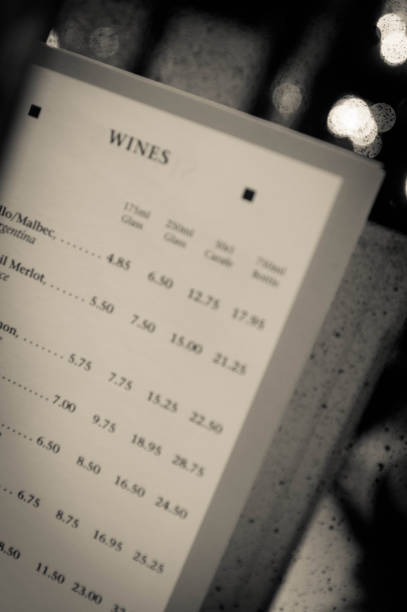Navigating a wine list can sometimes feel overwhelming, especially with the myriad of options available. Whether you’re at a fine dining restaurant or a cozy bistro, knowing how to choose the right wine can elevate your dining experience. Here’s a guide to help you confidently select the perfect bottle or glass of wine to complement your meal.
1. Read the Wine List with Purpose
When you first look at the wine list, consider these factors:
- Types of Wine: Familiarize yourself with the different categories—reds, whites, rosés, sparkling, and dessert wines. Each has its own characteristics and pairings.
- Regions: Wines are often organized by region. If you have a favorite wine region (like Bordeaux, Napa Valley, or Tuscany), this can help narrow down your choices.
- Varietals: Learn about common grape varieties (like Cabernet Sauvignon, Chardonnay, or Pinot Noir) and their flavor profiles. This knowledge can guide your selection based on your preferences.
2. Pairing Basics
Understanding how to pair wine with food can greatly enhance your dining experience:
- Consider Flavor Profiles:
- Red Wines: Typically pair well with hearty dishes like red meats, rich sauces, and aged cheeses.
- White Wines: Generally complement lighter fare, such as seafood, poultry, and salads.
- Rosé Wines: Versatile for a variety of dishes, great with summer salads and grilled meats.
- Sparkling Wines: Excellent with salty or fried foods due to their acidity and effervescence.
- Match Intensity: Aim to match the weight of the wine with the dish. A robust red can overpower a delicate fish, while a light white might get lost with a rich steak.
3. Ask for Recommendations
Don’t hesitate to seek guidance from the staff:
- Talk to Your Server or Sommelier: They are trained to help you find a wine that suits your meal and taste preferences. Be specific about your food choices and personal preferences (e.g., “I prefer fruity whites”).
- Describe What You Like: If you’re unsure, describe flavors you enjoy (like “I love citrusy wines” or “I prefer something full-bodied”) to help them make tailored suggestions.
4. Consider the Occasion and Price Range
Your selection may also depend on the context:
- Special Occasions: For celebrations, you might want to splurge on a higher-end bottle. Conversely, for a casual meal, look for something more budget-friendly.
- By the Glass vs. Bottle: If you’re unsure, consider ordering a glass of a recommended wine to taste it before committing to a bottle.
5. Be Open to Exploring
Wine lists often include lesser-known varietals and regions:
- Try Something New: Don’t shy away from exploring wines that aren’t mainstream. You might discover a hidden gem!
- Consider Flights: Some restaurants offer wine flights, allowing you to sample several wines in smaller pours. This is a great way to experiment with different pairings.
6. Keep Food Pairings in Mind
When selecting wine, always think about your meal:
- Dishes with Sauce: If your dish features a sauce, consider the flavor of the sauce. For example, a tomato-based sauce might pair well with a medium-bodied red, while a cream sauce could be complemented by a full-bodied white.
- Spices and Acidity: Spicy dishes often do well with off-dry wines or sparkling wines, which can balance heat. Consider the acidity in both the food and the wine for a harmonious pairing.
____
Navigating a wine list doesn’t have to be daunting. With a little knowledge about wine types, pairing principles, and how to ask for recommendations, you can confidently choose a wine that enhances your dining experience. So next time you’re at a restaurant, don’t hesitate to explore the wine list—your perfect pairing awaits!

